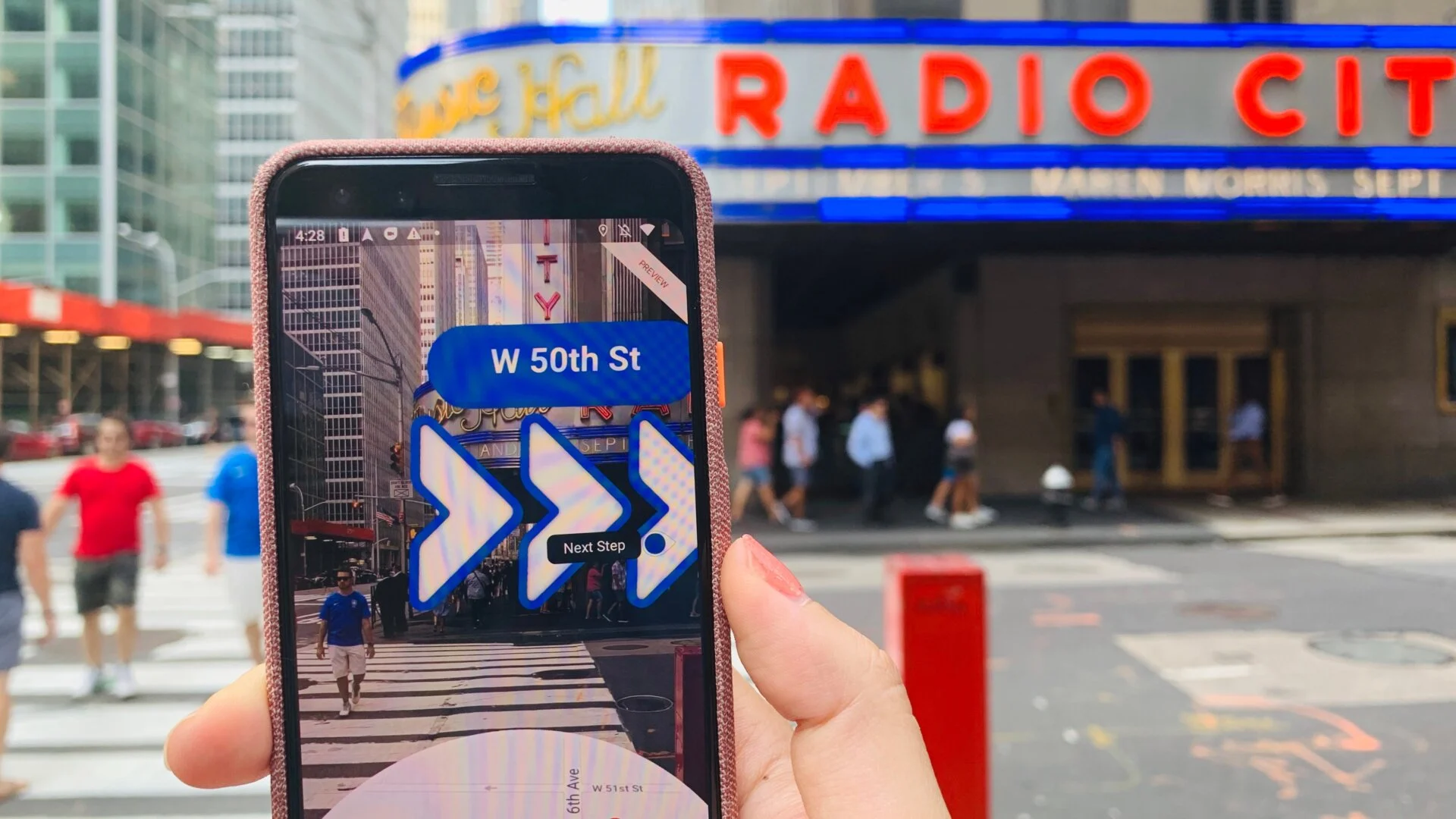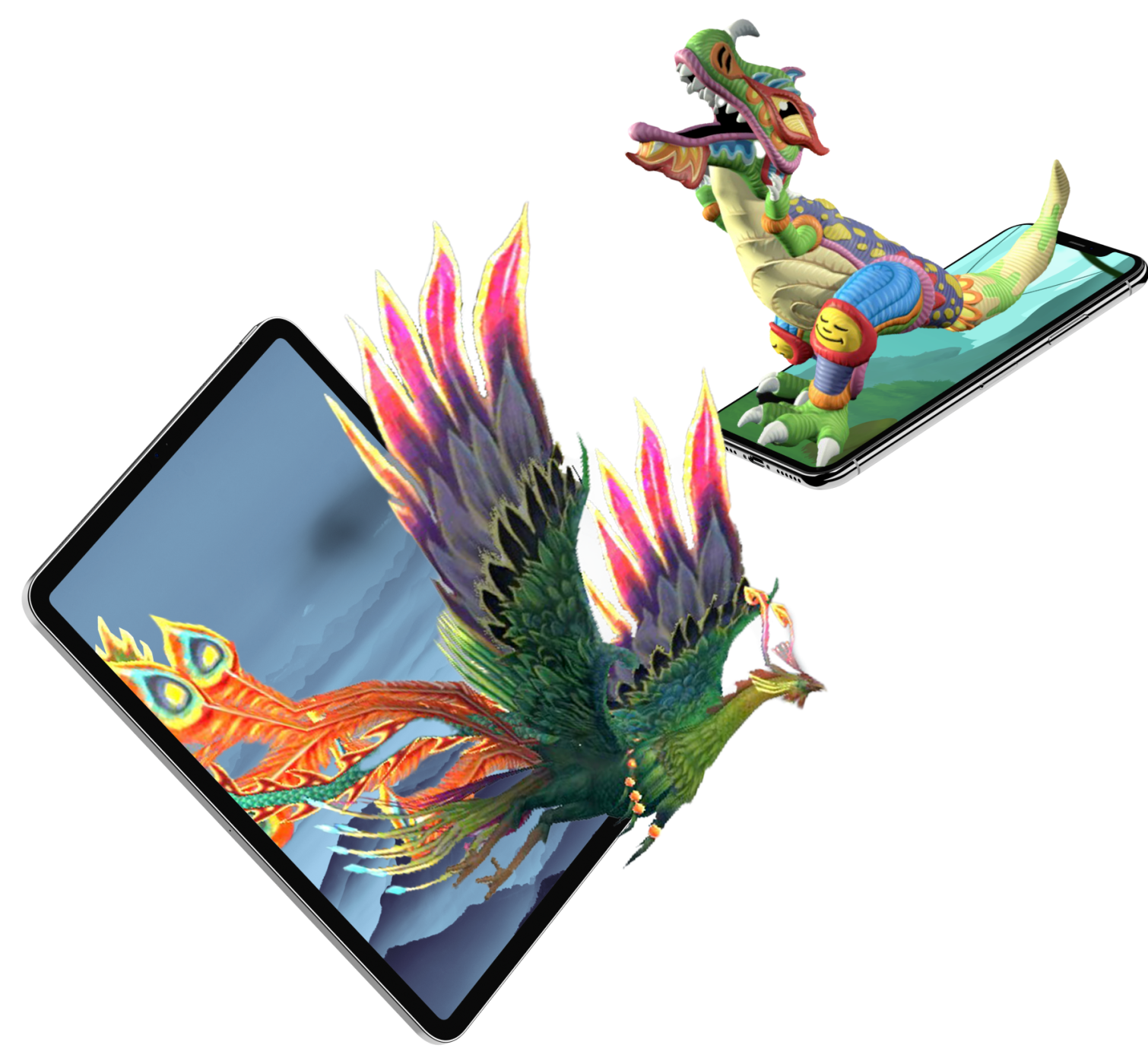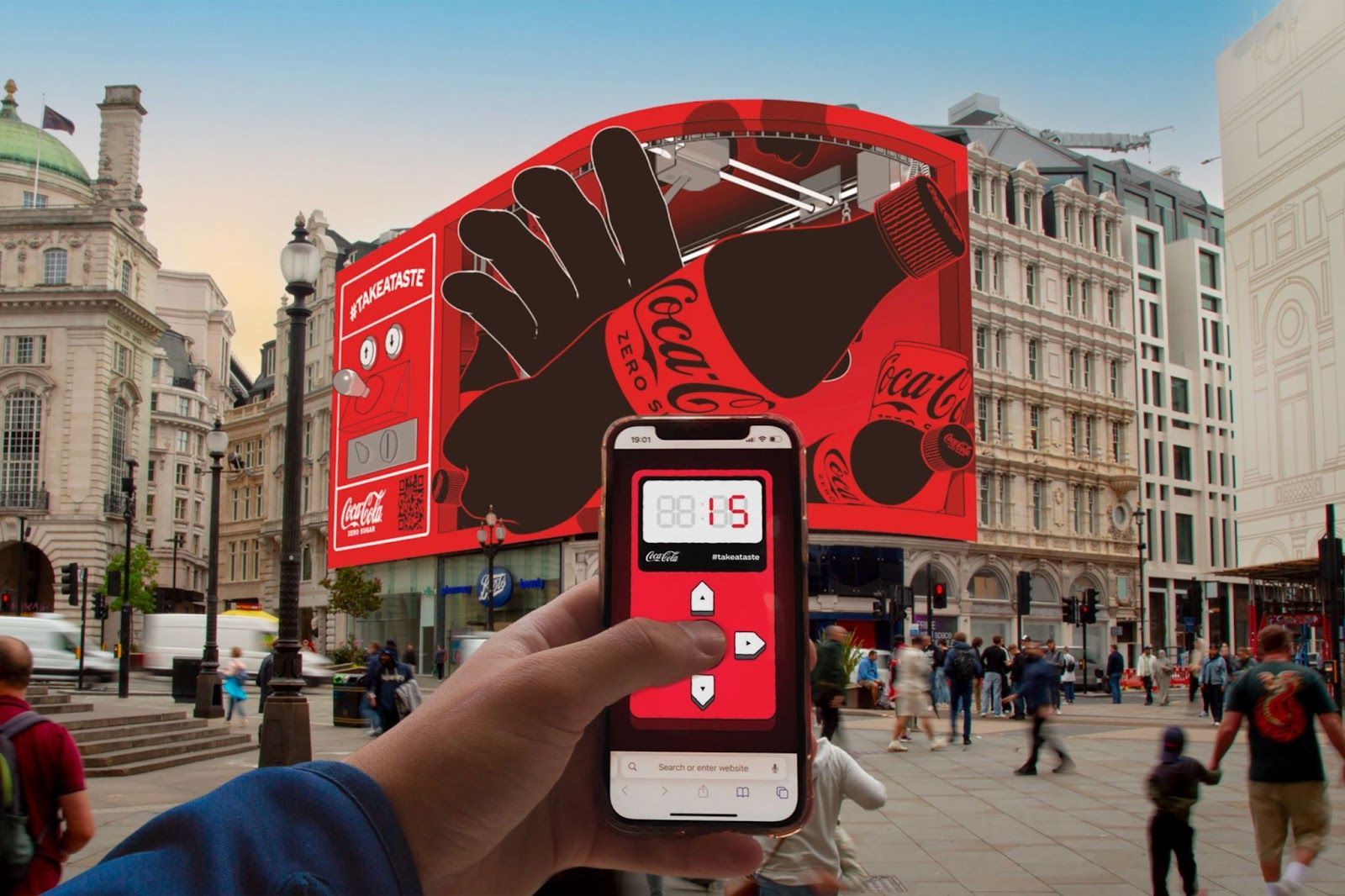Mastering Google Maps AR Navigation and Live View: A Complete Guide
Google Maps AR Live View is an exciting new feature that blends augmented reality (AR) with the joy of navigating the real world! This consumer AR application demonstrates the same core technologies that power smart glasses experiences and business applications across retail and entertainment sectors. Understanding consumer AR navigation builds familiarity with augmented reality concepts that increasingly appear in business advertising campaignsand brand experiences.
Google Maps AR Live View is an exciting new feature that blends augmented reality (AR) with the joy of navigating the real world! Thanks to its intuitive and immersive design, Live View makes finding your way a breeze by overlaying directions on your smartphone’s screen. Whether you're adventuring through a vibrant city or uncovering a hidden treasure, this guide is here to help you make the most of Google Maps AR Navigation and enjoy every step of your journey!
What is Google Maps AR Live View?
Google Maps AR Live View leverages augmented reality to provide intuitive walking directions. Using your smartphone's camera and ARCore/ARKit technology, it overlays arrows, landmarks, and information directly onto your surroundings, making navigation clearer and more engaging. These same AR overlay principles power
Instagram AR filters and
Snapchat branded lenses, where brands create interactive experiences that blend digital content with real-world environments. Understanding these fundamental AR concepts helps consumers appreciate
AI-enhanced immersive experiences
across various applications.
How to Use Google Maps AR Live View
1. Ensure Device Compatibility
Before diving in, make sure your device supports ARKit (for iOS) or ARCore (for Android). Additionally, Live View requires robust Street View coverage in the area. As AR technology evolves, these navigation capabilities are expanding to smart glasses platforms, where hands-free navigation becomes even more intuitive. Understanding smart glasses battery optimization and content sharing capabilities reveals how AR navigation is evolving toward seamless, wearable experiences that integrate with daily activities.
2. Getting Started
- Step 1: Open the Google Maps app.
- Step 2: Enter your destination in the search bar and tap "Directions."
- Step 3: Choose "Walking" mode and tap the Live View button at the bottom center of your screen.
- Step 4: Point your phone at recognizable buildings or street signs to calibrate your location.
3. Follow the On-Screen Instructions
Once calibrated, directional arrows, distance markers, and nearby landmarks will appear in your camera view. This real-world overlay helps you stay oriented without constantly checking a 2D map.
Live View Features You Should Know
1. Landmark-Based Orientation
The feature identifies iconic landmarks like parks, buildings, and attractions and displays their distance and directions in real time. This can be especially useful in unfamiliar cities.
2. Category Search
In select cities like New York, Tokyo, and London, Live View allows you to search for categories (e.g., restaurants, malls) directly within the AR interface. This location-based AR discovery reflects broader trends in retail AR implementations, where businesses use similar technology to guide customers to products and services. The principle extends to creative marketing applications through AR murals and AR billboards, where brands create location-specific experiences that enhance physical spaces with digital information and interactive content.
3. Enhanced Location Accuracy
To improve accuracy:
- Use Live View in well-lit outdoor areas.
- Focus your camera on buildings and signs, avoiding objects like trees or people.
4. Switching Views
You can easily toggle between Live View and 2D map navigation by tilting your phone horizontally or vertically. This feature is handy for quick overviews of your route.

Pro Tips for Using Google Maps AR Live View
- Conserve Battery Life: Limit the use of Live View to critical navigation points. Prolonged use can drain your battery quickly.
- Stay Safe: Keep your phone down while walking, except when checking directions. Live View vibrates to signal key turns or arrival at your destination.
- Use Landmarks: When calibrating, aim your camera at prominent, static objects like buildings rather than moving subjects.
Use Cases: Where Google Maps AR Live View Shines
1. Exploring New Cities
Navigate busy streets with ease, finding attractions and restaurants without getting lost.
2. Enhancing Travel Experiences
The augmented overlay allows tourists to discover points of interest with distance information, making sightseeing more intuitive.
3. Real-Time Location Sharing
Currently in beta for Pixel devices, Live View lets you visualize the location of friends and family on your screen, providing direction and distance.
4. Retail and Shopping
In cities like Los Angeles and Paris, use Live View to locate specific stores or categories within large shopping districts. This consumer shopping assistance demonstrates the foundation for sophisticated
retail AR implementations, where brands create immersive shopping experiences through [beauty AR mirrors
and
fashion virtual try-ons. Retailers can quantify the business impact of location-based AR using our
AR advertising ROI calculator, which models how enhanced customer navigation translates to increased foot traffic and sales.
Challenges and Limitations
While Google Maps AR Live View is innovative, it has some limitations:
- Availability is restricted to areas with extensive Street View coverage.
- AR navigation is unsuitable for moving vehicles and best used for walking.
Why Use Google Maps AR Live View?
Google Maps AR Live View transforms the mundane act of navigation into an engaging and immersive experience. Its innovative use of augmented reality enhances the clarity of directions and provides a dynamic interaction with the environment. This feature simplifies navigation for travelers, city explorers, and even daily commuters.
Future Trends in AR Navigation
The integration of AR into navigation is just the beginning. As AR technology evolves, expect features like indoor navigation, personalized overlays for shopping or dining preferences, and deeper integration with wearable devices like AR glasses.
Conclusion Mastering Google Maps AR Live View can make your travels more enjoyable and less stressful. By following this guide, you’ll become proficient in using Live View and unlock new ways to explore and connect with the world around you. Whether wandering through New York or navigating Tokyo’s streets, Google Maps AR Navigation ensures you’ll never lose your way.
TALK TO A PRO
We're here to bring your brand to life!
Stay Connected with BrandXR
Create Augmented Reality for Free!
Create, Publish, and Measure 3D Augmented Reality Experiences Without Having to Code.














